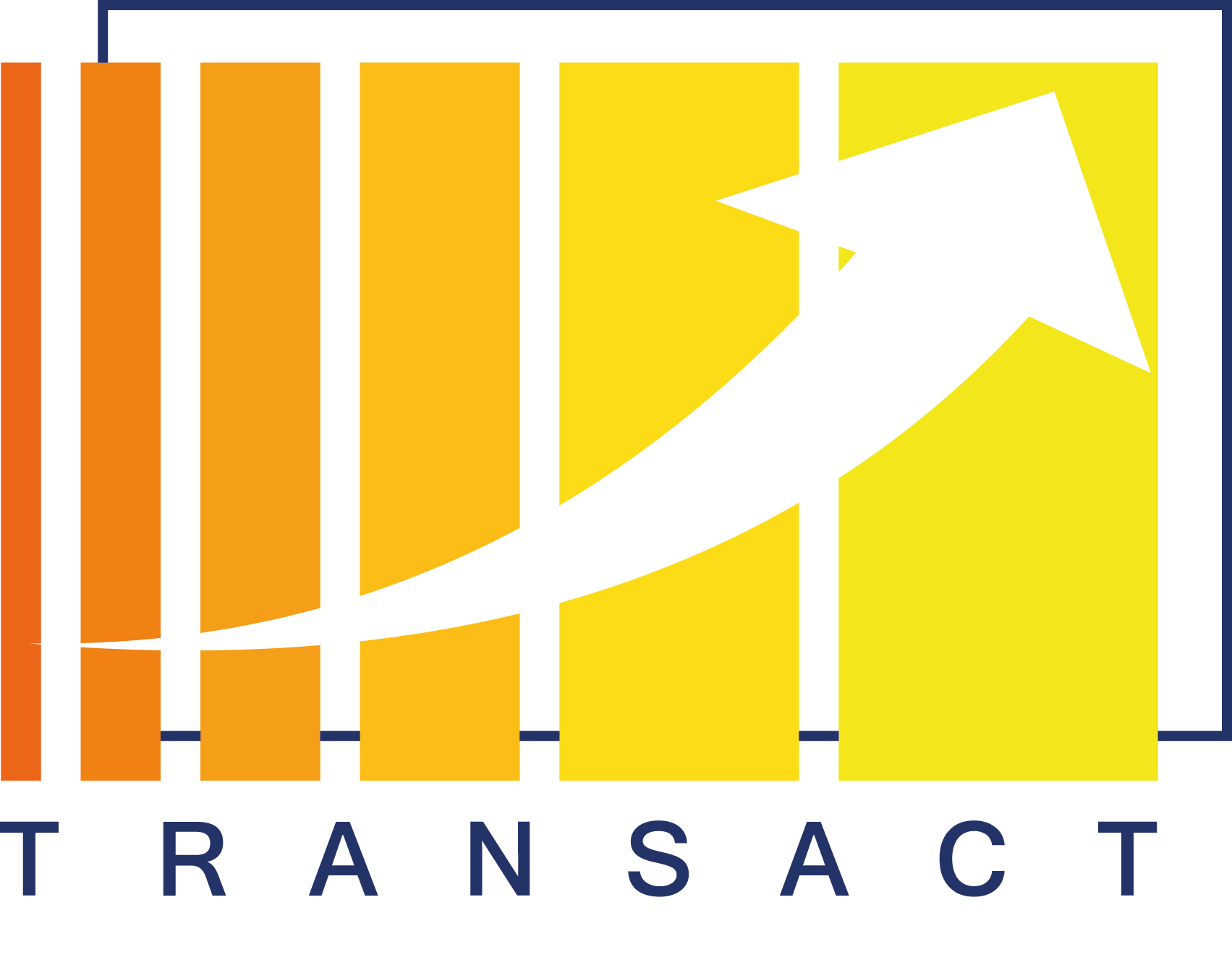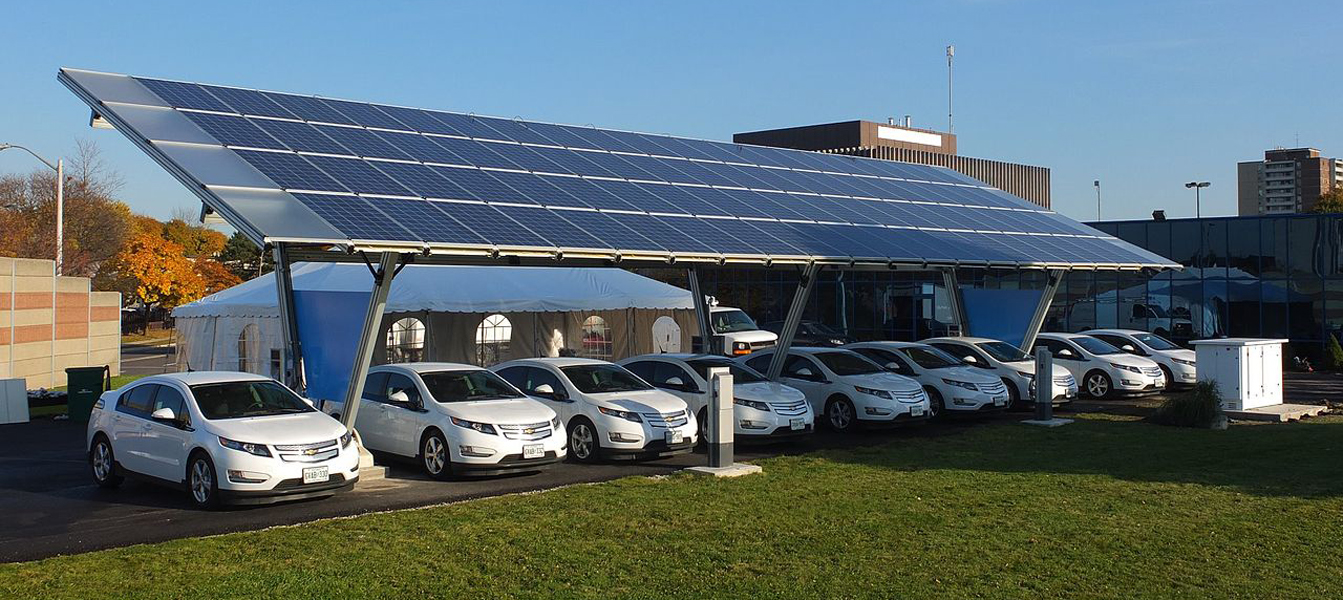Today’s vehicles are local and isolated data silos. This use case aims to break up these silos. The goal is to develop methods and technologies to collect data from a fleet of vehicles on the cloud. The collected data can then be used to update the software as well as improving the driver’s knowledge about the state of his/her vehicle.
To that end, we consider an electrical vehicle in our use case. Today, the data produced by the electrical vehicle and especially by the battery management system is stored on an offline data logger in the car – if at all. In irregular intervals this data logger is read out via a wired connection. In terms of security/safety, the current standard is the use of a VPN connection established using VPN certificates stored on an embedded multimedia card (eMMC). For each read-out of the logger and software update, the car must be handed out to a specialist. During this process, the car is not available for the owner.
Transforming the architecture from a local to a distributed system opens up new possibilities to integrate and offer additional services. The data can be used for an improvement cycle comprising analysis of the data, the gain of new insights and consecutive software improvements. When these improvements have been tested and validated, the software deployment takes place in an equally manner, i.e., via a wired connection. More general, every electrical vehicle on the road is a producer of valuable data which are relevant for e.g., the car or fleet owner, car manufacturer and especially the battery manufacturer. The challenge is to bring supply and demand together: the mass of produced data needs to be made available for different stakeholders while the car owners profit from safety-critical updates, improvements or warnings. Beside of this, security is a crucial element and must be maintained at any stage. To sum up, the main problems are (i) the acquisition, (ii) transmission and (iii) availability of data.
The TRANSACT Demonstrator
All in all, the goals of this use case require a multidisciplinary approach. It involves software and hardware aspects, but also cloud, safety and security expertise. Additionally, privacy and legal aspects have to be considered when realizing the cloud-featured battery management system. Furthermore, it needs to be examined how to interact with passengers of the electric vehicle and also with owners of a fleet.

The data produced by the battery management system and additional vehicle information are forwarded to a central gateway within the vehicle and transmitted via a secure and wireless connection to a message broker. The broker in turn forwards the data – which can originate from different vehicles – to a central cloud. The data are pre-processed and stored in an optimized database. In the backend, the data are aggregated and made available for several purposes. A wireless bi-directional connection enables the communication with the components and with the driver.
The cloud-featured battery management system addresses the following objectives:
- Increase of driver’s safety by software updates and warnings.
- Secure bi-directional transmission of data from the device (vehicle) to the cloud and vice versa while maintaining privacy.
- Storage and accumulation of data in the cloud, allowing for easy sharing of the data and enabling data analytics.
- Improve battery models that are used, for example, to predict the battery remaining useful lifetime.
- Leverage data for the complete battery life cycle.





No responses yet